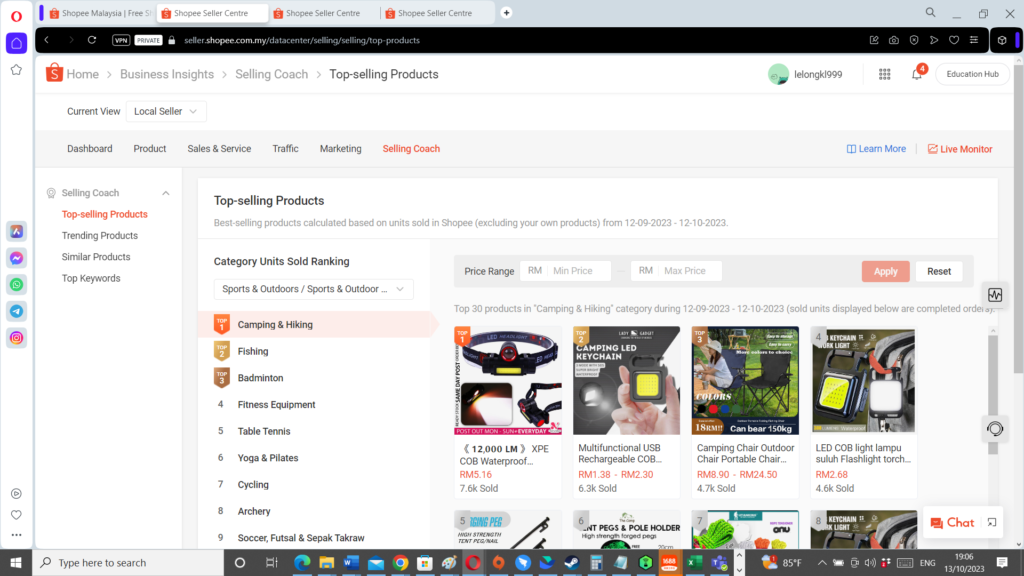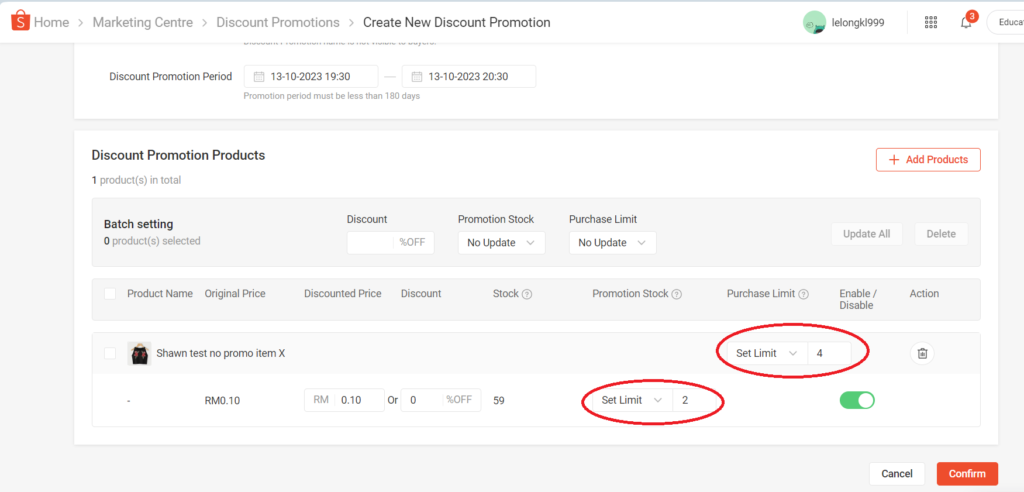In recent times, the world of commerce has witnessed a fascinating trend, where businesses, driven by the desire to attract and retain customers, have embraced a strategy known as “loss-leading.” This strategy involves selling products or services at a loss with the hope of enticing customers to make additional purchases that will ultimately offset the initial loss. The idea is to sacrifice profitability upfront in exchange for building a loyal customer base and reaping rewards in the long run. However, as recent news about companies like Potboy and MYAirline facing financial issues suggests, this strategy can be a double-edged sword if not wielded carefully.
The Core of Loss-Leading
Loss-leading at its core is about using a product or service as a crowd-puller, hoping that customers who flock in for the loss-leading deal will spend more than they initially intended. It’s a bit like a retail magic trick, where you offer something irresistible, and while the crowd is gathered around, you introduce them to the rest of your offerings. However, this strategy comes with its set of challenges that need to be navigated with caution.
The Perils of E-commerce Marketplace
E-commerce Marketplace, with its unique dynamics, presents additional challenges when it comes to loss-leading. Unlike brick-and-mortar stores, e-commerce marketplace businesses must factor in marketplace fees, which can further deepen the losses incurred through loss-leading. These fees can significantly increase the cost of implementing a loss-leading strategy, making it a riskier proposition. Thus, businesses venturing into loss-leading must carefully calculate the overall cost, considering these fees. *For Shopee seller can use our Free Spreadsheet to crosscheck your selling price to ensure you are at the green.
Market Dynamics
Understanding the supply and demand dynamics within an e-commerce marketplace is pivotal. It’s crucial to gauge the market’s acceptance price to determine whether it’s financially sound to employ a loss-leading strategy. Wise businesses enter with a plan, knowing precisely what they can afford to lose while enticing customers to make additional purchases. For Shopee seller, you may gain access to the top selling item currently from Selling Coach which is inside Business Insight.

Limiting Purchases
One effective way to protect against loss-leading abuse by resellers is to set purchase limits on loss-leading products. This can help ensure that genuine customers benefit from the strategy, and the company’s primary goal of attracting and retaining loyal customers remains intact.

The Role of Big Data and Analytics
In today’s data-driven world, businesses have access to a wealth of information that can help inform and refine their pricing strategies. Tools like Kalodata offer insights into competitor pricing strategies and market trends, allowing businesses to make data-driven decisions.
In Conclusion
The loss-leading strategy can be a potent tool in a business’s marketing arsenal. When executed wisely, it can lead to the attraction of loyal customers who contribute significantly to a company’s long-term success. However, it’s a strategy that requires meticulous planning and consideration, especially in the ever-evolving world of e-commerce. While the initial allure of loss-leading may be hard to resist, businesses must carefully calculate the costs and benefits to ensure that it leads to sustainable growth.
Remember, the aim is not just to attract deal-seekers, but to build lasting customer relationships that fuel your business’s prosperity. So, proceed with caution, utilize data to your advantage, and may your strategies lead to enduring success in the world of commerce. 🚀🛒
#Ecommerce #RetailStrategy